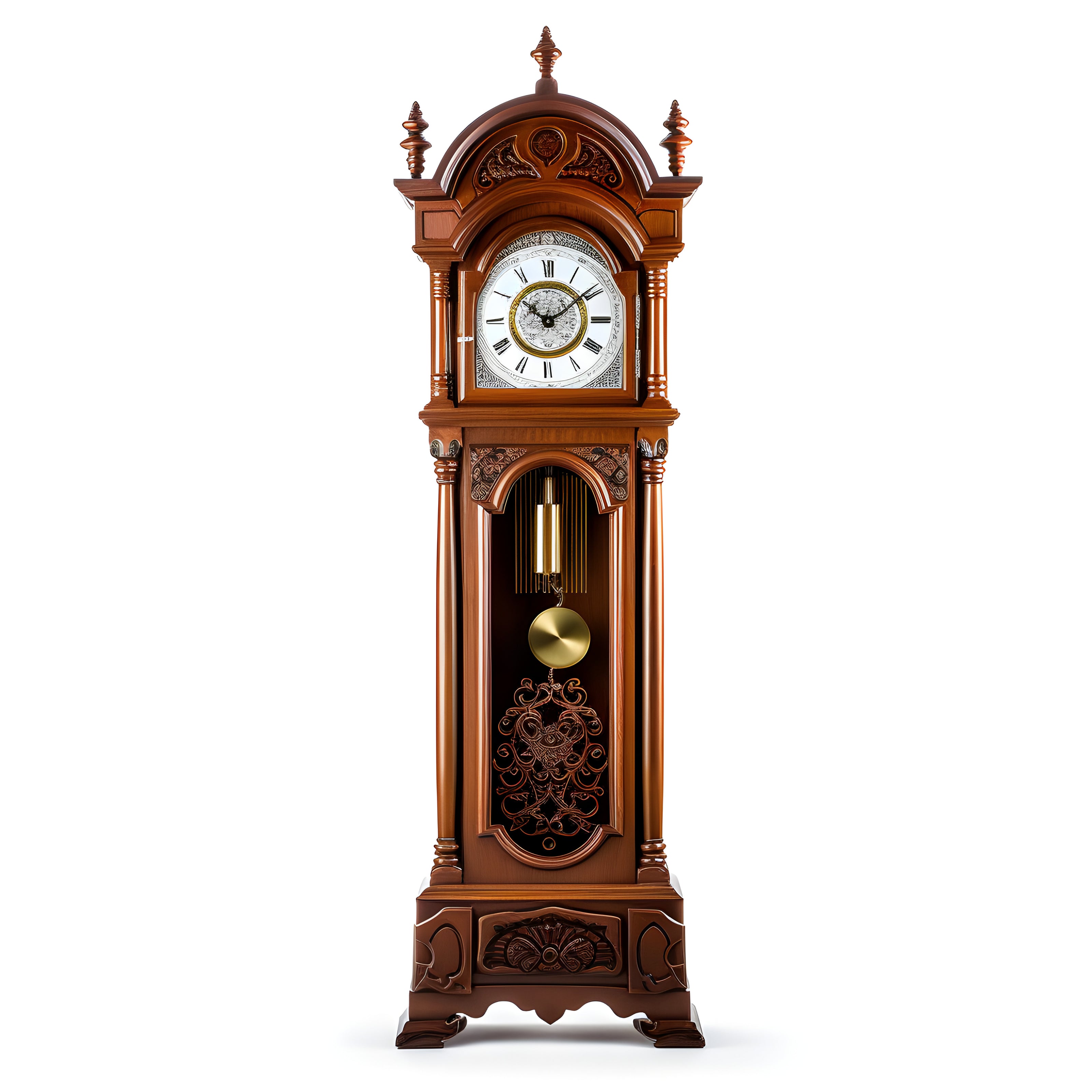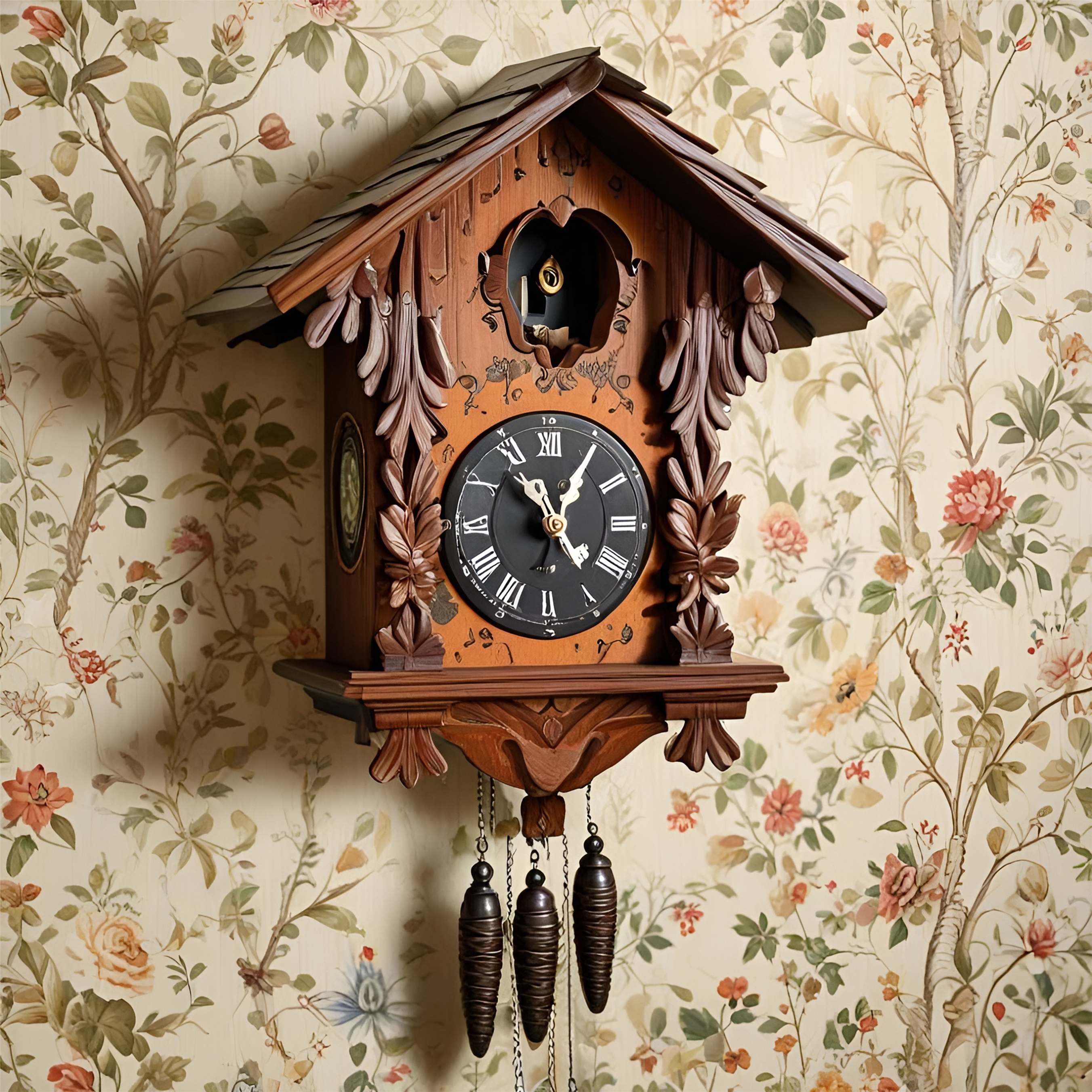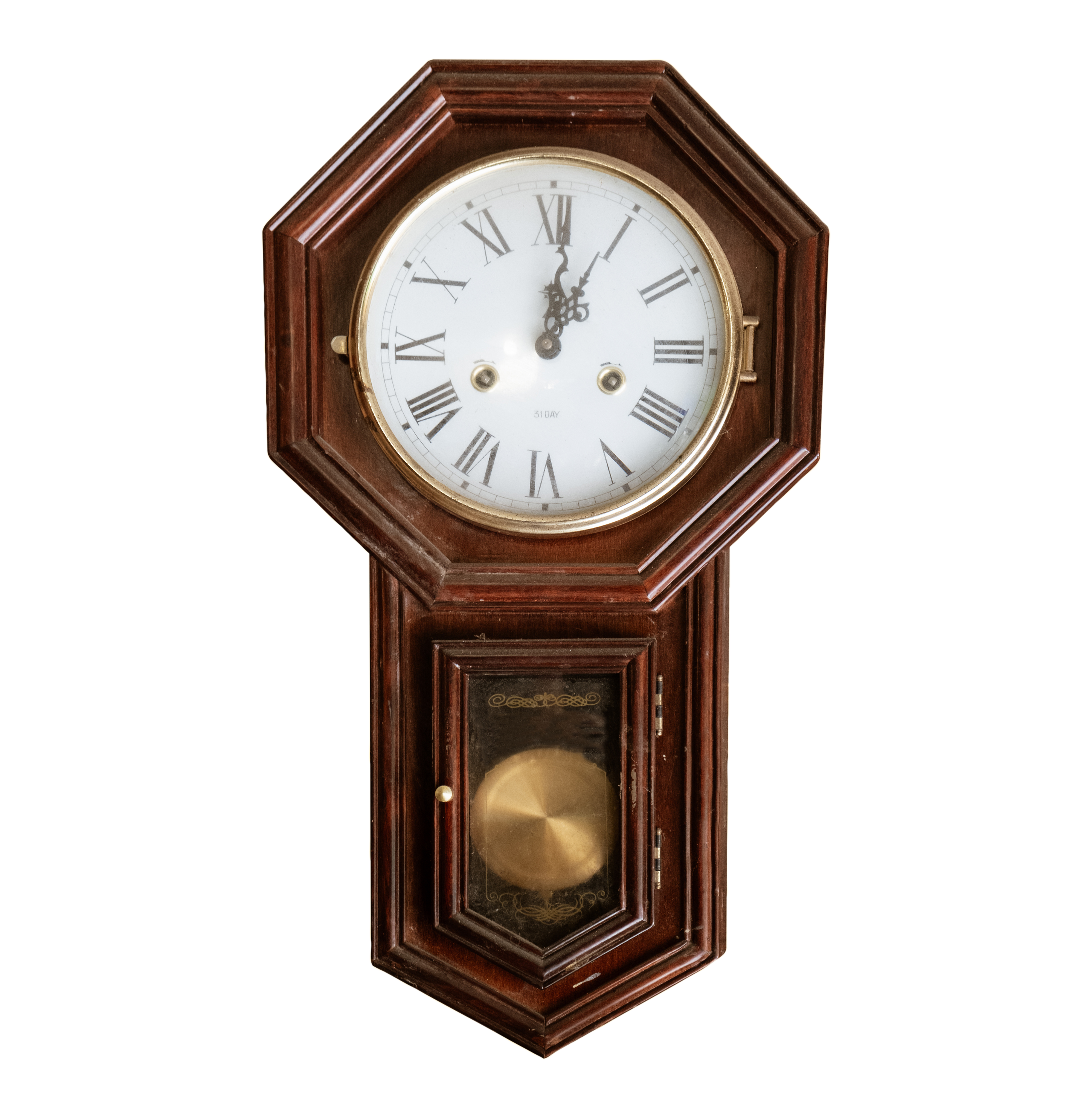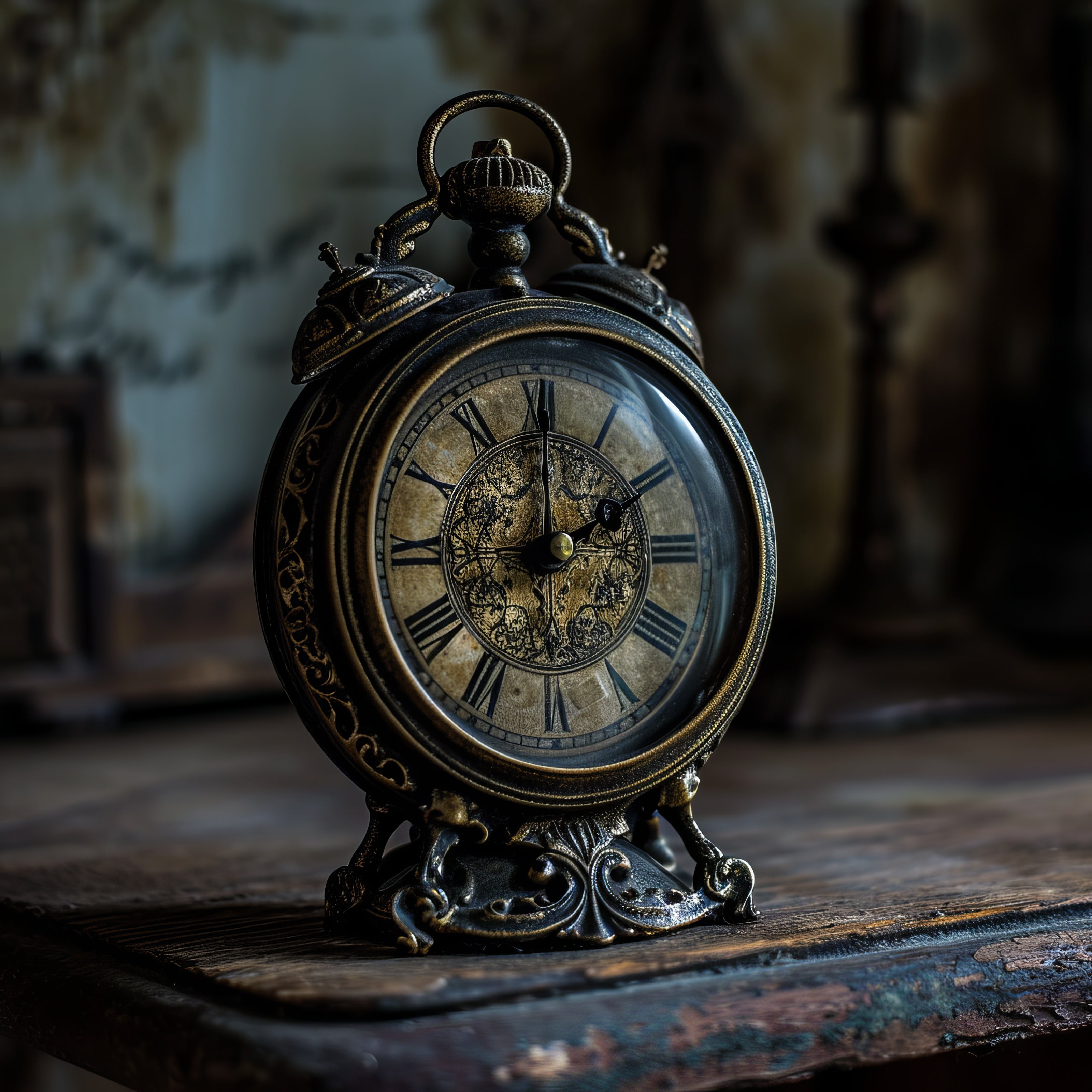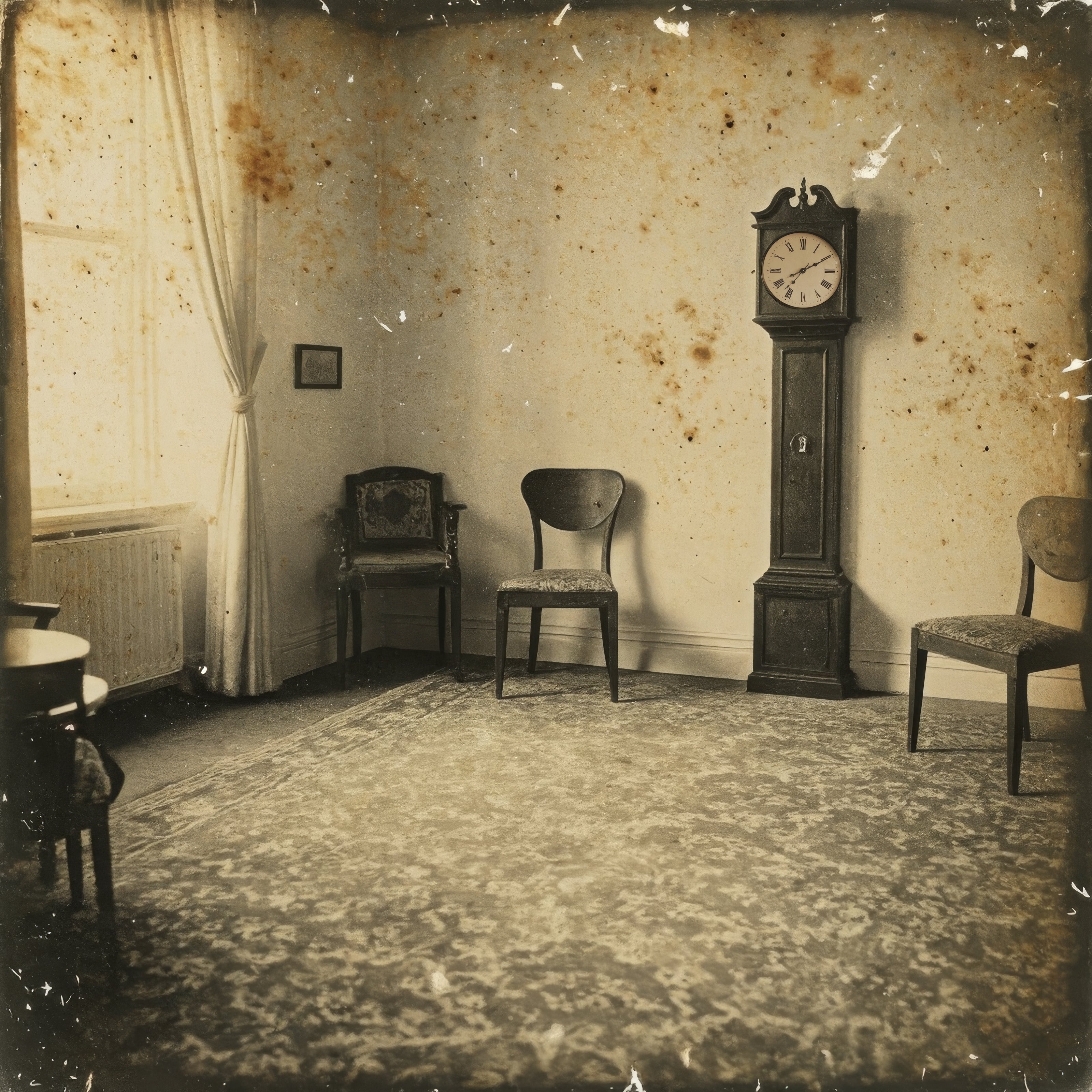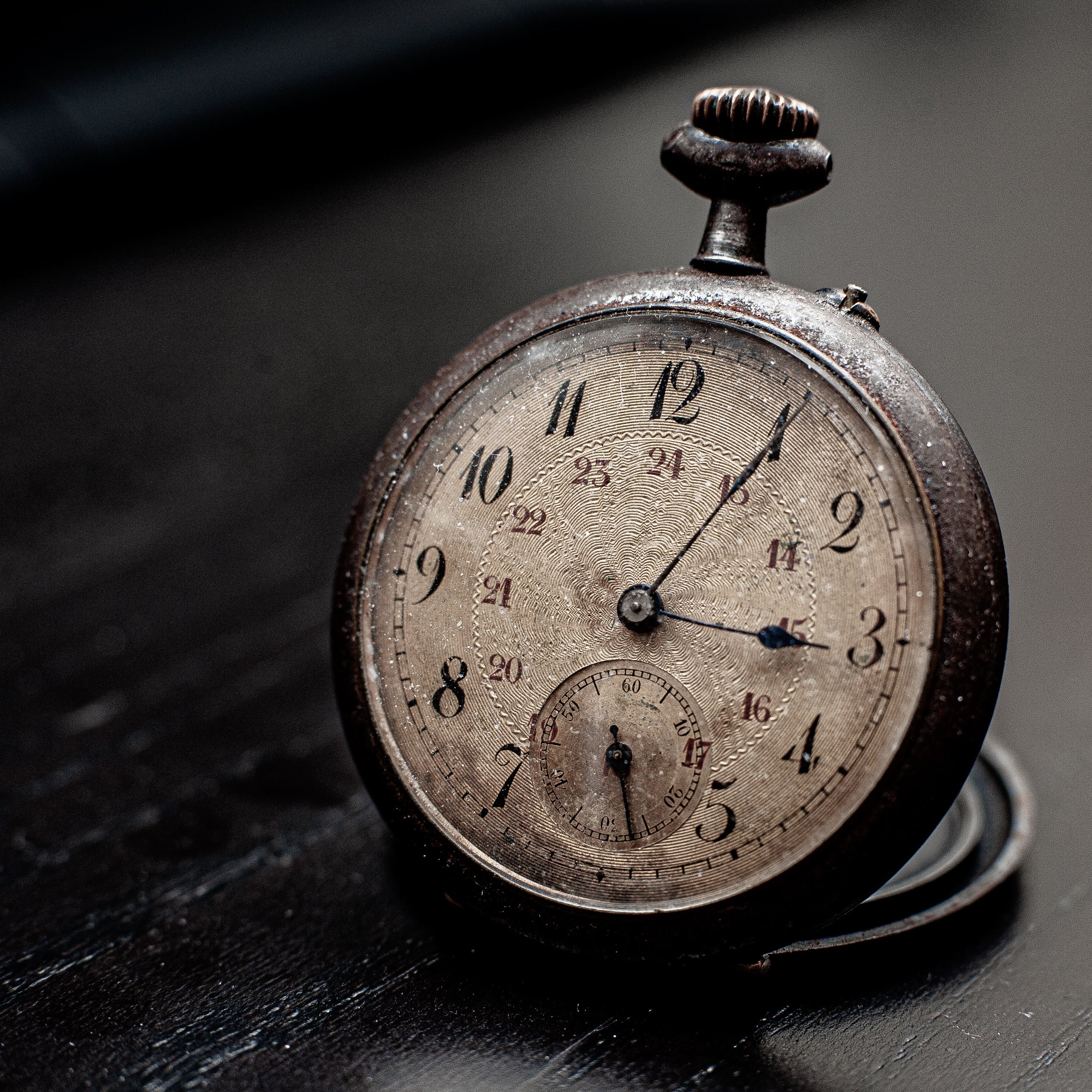
"Marking Moments, Measuring Time" ⏳🕰️
Clocks: The Timeless Keepers of History
Clocks have played a crucial role in human civilization, helping societies organize daily life, track celestial movements, and measure progress. From ancient sundials to intricate mechanical masterpieces and modern digital timepieces, clocks symbolize the passage of time and the ingenuity of humankind.
The Origins: The Birth of Timekeeping
The quest to measure time dates back to ancient civilizations. The earliest timekeeping devices included sundials, water clocks (clepsydras), and hourglasses, used by the Egyptians, Greeks, and Chinese to track the movement of the sun and regulate activities.
The first mechanical clock appeared in medieval Europe around the 13th century, revolutionizing timekeeping with gears and weights. These early clocks were often large and installed in church towers, ringing bells to mark the hours.
The invention of the pendulum clock by Christiaan Huygens in 1656 significantly improved accuracy, laying the foundation for modern horology. Over the centuries, clocks evolved into elegant household items, essential office tools, and even wearable accessories.
Innovation and Evolution
Timekeeping devices have transformed dramatically, adapting to technological advancements and aesthetic trends.
1. Sundials and Water Clocks (Ancient Times - 13th Century):
Ancient civilizations relied on natural elements to estimate time, using shadows and water flow as rudimentary clocks.
🔹 Key Feature: Depended on sunlight or water flow.
🔹 Impact: Provided basic timekeeping for early societies.
2. Mechanical Tower Clocks (13th-16th Century):
The first mechanical clocks were massive, gear-driven structures installed in churches and town squares, serving as public timekeepers.
🔹 Key Feature: Weight-driven mechanisms with striking bells.
🔹 Impact: Standardized timekeeping in medieval Europe.
3. Pendulum Clocks (17th-19th Century):
The introduction of pendulum regulation revolutionized clock precision, leading to the creation of grand, decorative clocks.
🔹 Key Feature: Swinging pendulum for enhanced accuracy.
🔹 Impact: Became household essentials, refining personal time management.
4. Pocket Watches (16th-19th Century):
Miniaturization led to the invention of pocket watches, making timekeeping portable for the first time. These were status symbols for aristocrats and professionals.
🔹 Key Feature: Spring-driven mechanism, carried in pockets.
🔹 Impact: Personal timekeeping became fashionable and accessible.
5. Grandfather & Mantel Clocks (18th-20th Century):
Elegant and ornate, these clocks became centerpieces in homes, blending craftsmanship with functionality.
🔹 Key Feature: Long pendulum cases and intricate chimes.
🔹 Impact: Symbolized sophistication and precision.
6. Wristwatches & Alarm Clocks (19th-20th Century):
As industrialization progressed, clocks became more compact, leading to the rise of wristwatches and bedside alarm clocks.
🔹 Key Feature: Wearable timepieces and mechanical alarms.
🔹 Impact: Timekeeping became personal, punctuality emphasized.
7. Quartz & Digital Clocks (20th Century-Present):
The quartz revolution in the 1960s introduced highly accurate, battery-powered clocks, followed by digital clocks with LED and LCD displays.
🔹 Key Feature: Quartz crystal oscillation for precision.
🔹 Impact: Made timekeeping more affordable and reliable.
8. Smartwatches & Atomic Clocks (21st Century):
Today, atomic clocks set the global standard for precision, while smartwatches combine timekeeping with fitness tracking, communication, and navigation.
🔹 Key Feature: Bluetooth connectivity, AI integration, and extreme accuracy.
🔹 Impact: Redefined timepieces as multi-functional lifestyle tools.
Cultural Impact and Usage
Clocks have shaped societies in countless ways, influencing everything from work schedules to scientific discoveries.
🕰️ Symbol of Precision: Timepieces have guided navigation, astronomy, and industrial production.
⏰ Daily Life Management: Alarm clocks revolutionized personal routines, making structured timekeeping essential.
🎭 Art & Design: Ornate clocks showcase craftsmanship, from vintage cuckoo clocks to luxurious Swiss watches.
🎬 Pop Culture Icon: Clocks feature prominently in films, literature, and historical narratives—think of Big Ben, Back to the Future, or The Doomsday Clock.
Interesting Facts About Clocks
⏳ The world’s oldest working clock, Salisbury Cathedral Clock, was built in 1386 and still ticks today.
⏳ Big Ben is not the clock itself, but the nickname for the Great Bell inside London’s clock tower.
⏳ The first wristwatch was created in 1868 by Patek Philippe for a Hungarian countess.
Why Clocks Matter Today
Despite smartphones replacing traditional clocks in many ways, mechanical timepieces remain beloved for their craftsmanship, heritage, and timeless appeal. Whether it’s a luxury wristwatch, a classic wall clock, or a digital smartwatch, timekeeping devices continue to shape how we experience life.

